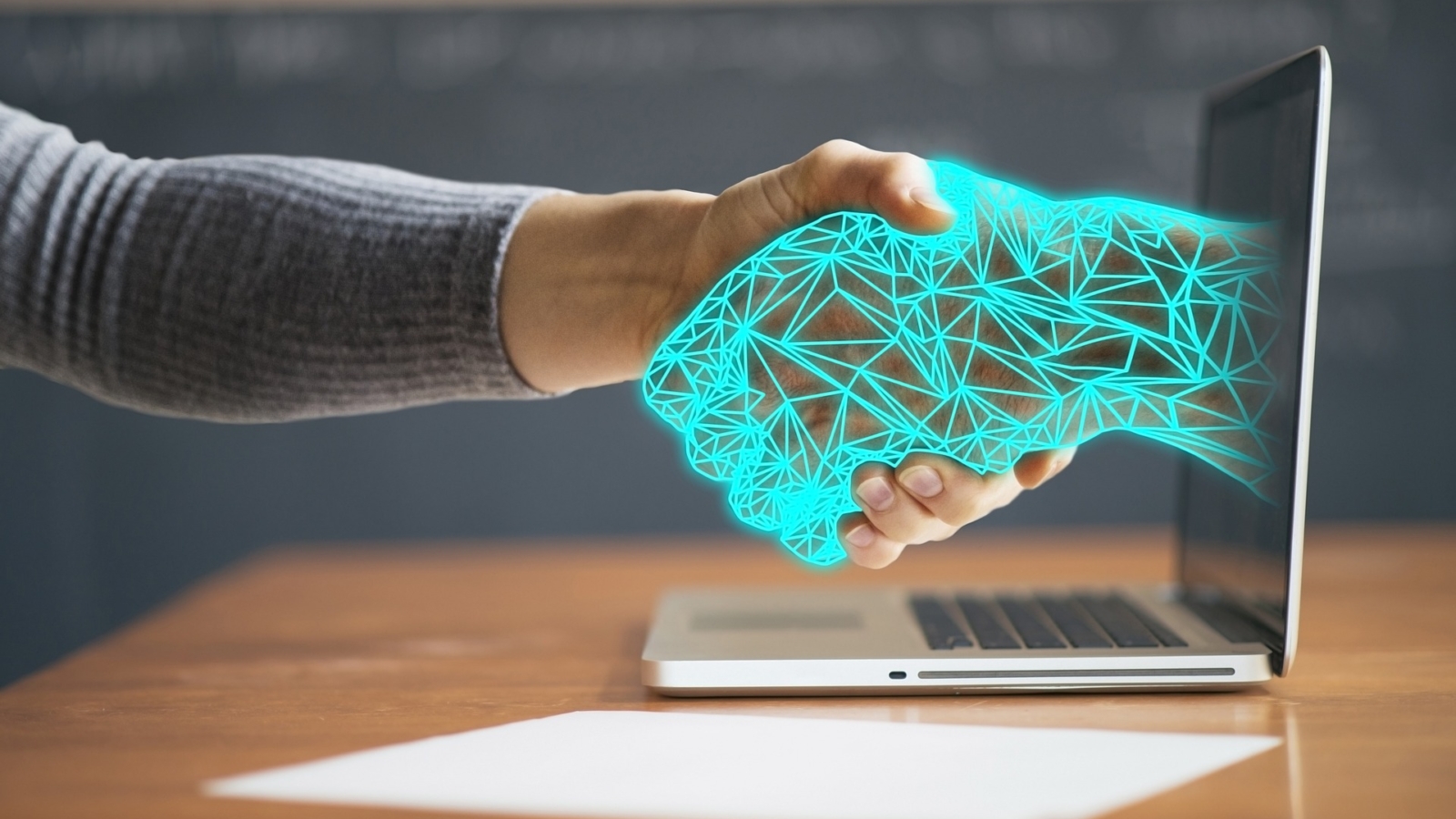What began as fodder for science fiction novels and blockbuster movies has grown over the years, more than one’s imagination, to form part of our reality. From the absolute purity of conceptual beginnings to state-of-the-art technologies today, AI has evolved at a super rate in revolutionizing industries and changing day-to-day life—raising serious questions about what the future really holds for humanity.
The paper traces the amazing journey of AI from its ethereal beginnings through the present developments, looking at some very critical milestones, breakthroughs, applications, ethical considerations in light of the future implications of this quintessential transformative technology.
The Early Beginnings: Dreams and Speculation
The fascination with artificial beings and intelligent machines dates back several hundred years to ancient myths and folklore describing automatons and mechanical creatures performing human-like actions. As a formal scientific discipline and subject of serious inquiry, however, AI really began taking shape only in the 20th century.
Early Concepts in Literature -: Mary Shelley’s “Frankenstein” in 1818 and Karel Čapek’s play “R.U.R.” (Rossum’s Universal Robots) in 1920 were very early works from literature associated with artificial life or living, sensitive creatures made by human hands; therefore, laying the bases for future discourse on AI ethics and human responsibility.
Turing’s Dream: Alan Turing was sometimes called the father of both theoretical computer science and artificial intelligence. In this regard, he introduced the notion of a “universal machine” with which any type of mathematical computation could be carried out. In 1950, his seminal paper “Computing Machinery and Intelligence” introduced the famous Turing Test for determining whether a machine is capable of intelligent behavior not different from humans.
AI spring: pioneering breakthroughs
Indeed, the real giant growth years for AI research were the 1950s and 1960s, when optimism was high and goals for the imitation of human thought processes were very far-reaching:
Early AI programs: Logic Theorist, 1956—this was the birthplace of an AI program developed by Allen Newell and Herbert A. Simon that could reason automatically and thus solve problems. It was really the fledgling birth to AI as an academic discipline.
- Expert Systems: Much of the effort put in by Artificial Intelligence researchers, especially during the 1970s and the 1980s, focuses on developing rule-based expert systems programs geared toward the mimicking process of human expert decision-making within medical, financial, and especially engineering domains.
- Neural Networks: McLaren points out the renewed interest in neural networks that occurred in the 1980s and 1990s, giving very influential breakthroughs that contributed to both pattern recognition and machine learning. That means computational models have been inspired by the structure and functionality of biological neural networks, laying almost the foundation for modern deep learning algorithms.
AI in the Digital Age: Applications and Impact. In the beginning of the 21st century, AI opened the possibilities to enter an era driven by clock speeds that were previously unseen for computing, large amounts of data analytics, and improvements in machine learning algorithms.
*Machine Learning Revolution: Inventions in machines that learn, as deep learning, powered by big data and graphics processing units, gave huge advances in speech recognition, image classification, natural language processing, and autonomous systems. AI in industry: Taken across industries, from healthcare and financial to transport and entertainment, what has been taken up is AI to automate tasks, optimize operations, and deliver personalized services—autonomous vehicles, virtual assistants, recommendation systems, predictive analytics, a few areas of applications that have brought about metamorphic changes across several sectors. • Ethical Concerns: Fast AI deployment raised deep concerns about privacy, bias in algorithms, loss of jobs, autonomous weapons, and impact on society from AI-anchored decisions. Efforts toward internalization of these ethical challenges in AI technology development and rollout are very important.
The Future of Artificial Intelligence: Challenges and Opportunities
This means that the future of AI is at the same time exciting and challenging. Indeed, it is full of big promises and complicated challenges brought about by the machines themselves, where serious thought and anticipatory measures shall be taken. AI Ethics and Governance: The setting up of ethical guidelines, regulatory frameworks, and standards in the development and deployment of AI is an important task if possible risks are to be reduced while retaining societal values. Human-AI Collaboration: Designing and collaborating with machines in a human-centered way on a consistent basis is one expected course for making sure gains from what AI has to offer are realized without actually losing human autonomy or creativity. AI for Good: Consolidating the efforts underway in initiatives relevant to social good can provide solutions for global problems, better the quality of life across the world—by applying AI accommodation as regards health diagnosis, environmental sustainability, access to education, and disaster response. • Continued Improvisation: Advancement of AI research in quantum computing, explainable AI, reinforcement learning, and human-like Artificial Intelligence will play the role of further innovation and pushing the frontier ahead about what is attainable with smart machines. Conclusion In a nutshell, from science fiction to real life, how much the evolution of AI has occurred is greatly talked about being amongst the most profound tests of human ingenuity, curiosity, and technological advancement. Accordingly, since AI pervades almost every single facet of modern society today—from healthcare and education to finance and entertainment—the development and deployment of AI have to be very carefully negotiated with respect to their ethical, legal, and societal implications. Stronger collaboration across disciplinary lines could be powered by increased levels of transparency in the process, very strongly anchored in human values, toward an equable, innovative, and sustainable human future under the transformative potential.ai. We stand today at the portal leading into a most sweeping revolution in human history—the emergence of intelligent machines—where headings from science fiction into reality are getting bigger, full of challenges hitherto unseen to all of humankind but full of opportunities that the world has never known for generations ahead.

 Cart is empty
Cart is empty 
Leave A Comment